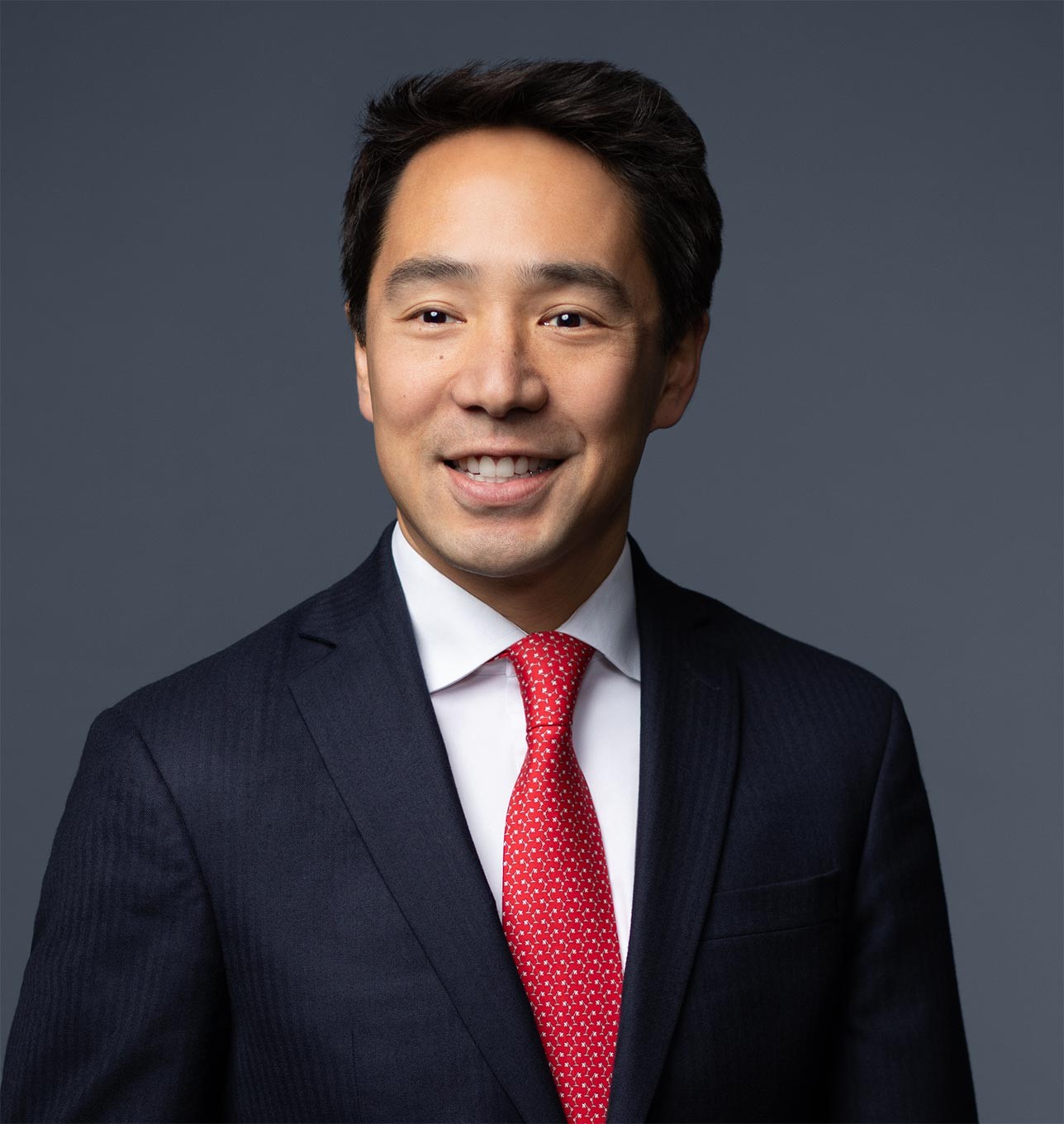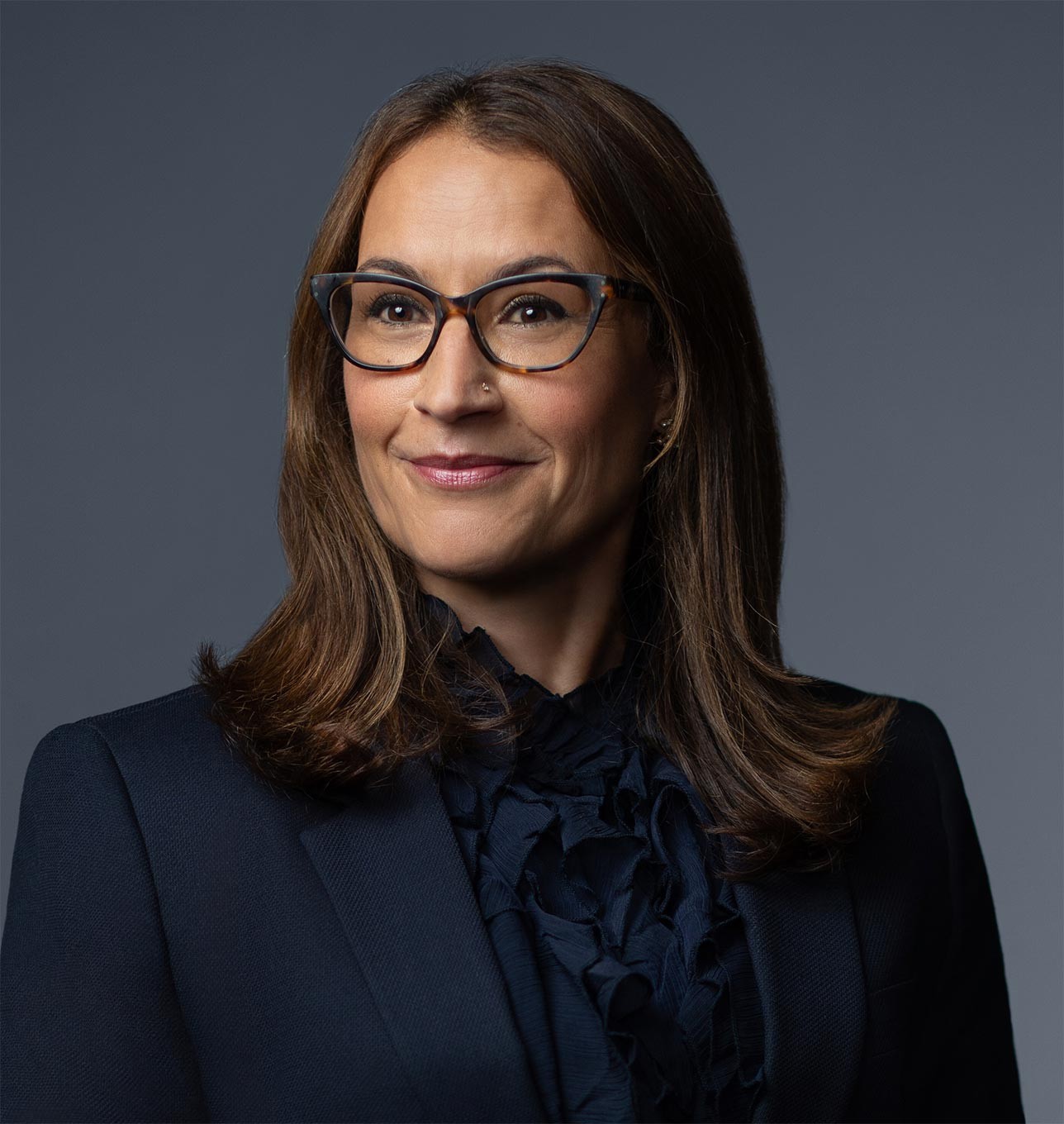UK Supreme Court confirms broad scope of fraudulent trading provision under s.213 Insolvency Act 1986
On 7 May 2025, the UK Supreme Court handed down its judgment in Bilta (UK) Ltd (in liquidation) and others v Tradition Financial Services Ltd [2025] UKSC 18. The judgment primarily concerned the scope of s.213 Insolvency Act 1986 ("s.213"), the provision under which any persons who were knowingly parties to the carrying on of a company for a fraudulent purpose may be declared liable to make contributions to the company's assets.
The Supreme Court confirmed that the scope of s.213 extends beyond those involved in the management or control of the fraudulent company, to include third parties who participated in, facilitated, or assisted fraudulent transactions by the company if they knew that the company's business was being carried on for a fraudulent purpose.
Although the decision reflects the position as it had been widely understood, the judgment provides authoritative clarification of the scope of the powers of insolvency practitioners in respect of fraudulent transactions, as well as of the approach to limitation periods for claims in fraud brought by companies that were dissolved and then restored to the register. In this Legal Update, we consider the Court's reasoning and the practical implications of the judgment.
Background
Bilta (UK) Limited (in liquidation) ("Bilta") was one of several companies used as vehicles in a VAT fraud, which arose in the context of carbon credit spot trading under the EU Emissions Trading Scheme in 2009.
In this case, the fraud involved five companies (each since placed into liquidation) that were left with large VAT liabilities owing to HMRC (the UK tax authority): (i) Bilta, (ii) Nathanael Eurl Ltd ("Nathanael"), (iii) Inline Trading Ltd ("Inline"), (iv) Vehement Solutions Ltd, and (v) Weston Trading UK Ltd. HMRC was the principal creditor in these insolvencies.
In November 2017, the five companies and their respective liquidators issued a claim against Tradition Financial Services Ltd ("Tradition"), alleging that Tradition had: (i) dishonestly assisted the companies' directors in the breach of their fiduciary duties to the companies; and (ii) knowingly participated in the fraudulent trading of the businesses of the companies within the meaning of s.213.
By the time the proceedings reached the Supreme Court, the claimants and Tradition had agreed a partial settlement, leaving two substantive issues for the Supreme Court to decide:
- Whether Tradition could fall within the scope of s.213; and
- Whether claims brought on behalf of Nathanael and Inline against Tradition for dishonest assistance were time-barred in circumstances where they had been dissolved and then later restored to the register.
The Supreme Court was asked to decide the case based on a set of assumed facts. Broadly:
- Tradition brokered carbon credit trading transactions on behalf of the companies. This involved identifying counterparties and negotiating the terms on which they were prepared to buy and sell the carbon credits.
- Tradition was paid brokerage fees by volume traded.
- Crucially, Tradition performed this role knowing that counterparties, including Nathanael and Inline, were unlikely to be legitimate trading concerns, without any belief that they were engaging in the spot trading of carbon credits for legitimate purposes, and in the knowledge that the purpose was to amass VAT for the fraudulent scheme.
The scope of s.213
S.213 provides, under the heading "Fraudulent Trading":
"(1) If in the course of the winding up of a company it appears that any business of the company has been carried on with intent to defraud creditors of the company or creditors of any other person, or for any fraudulent purpose, the following has effect.
(2) The court, on the application of the liquidator may declare that any persons who were knowingly parties to the carrying on of the business in the manner above-mentioned are to be liable to make such contributions (if any) to the company's assets as the court thinks proper" (emphasis added).
What is the scope of the words emphasised above? Does it encompass only those persons involved in the running of the company? Or are there no restrictions to the meaning of "any persons"?
The Court reiterated the well-established approach to statutory interpretation; that legislative words are ultimately interpreted in accordance with their statutory purpose. The meaning of a legislative provision should be derived from the words Parliament has used in that provision, having regard to the statute as a whole and the historical context in which the statute was enacted.
The Supreme Court held that there is nothing in the language of s.213(2) which restricts the scope of the provision to directors and other "insiders" who were directing or managing the business of the company. The natural meaning of the statutory words is wide enough to cover not only such "insiders", but also persons dealing with the company who were knowingly parties to the company's fraudulent business activities. This could include third parties and other "outsiders" who transacted with the company in the knowledge that those transactions were for a fraudulent purpose.
Further, the statutory context of s.213(2), including the surrounding provisions and its place within the Insolvency Act 1986 ("IA 1986") as a whole, did not militate against giving the words their natural meaning.
Nor was there anything in external aids for interpretation of s.213(2), including previous iterations of the IA 1986, academic commentary and analogous criminal legislation, which militated against giving the statutory words their natural meaning. The legislative history was found to have been of limited assistance and in any event points to a parliamentary purpose of expanding, over time, the range of persons targeted by the fraudulent trading provision.
Lord Hodge and Lord Briggs, with whom Lord Hamblen, Lord Burrows and Lord Richards agreed, were therefore satisfied that the correct interpretation of s.213(2) is that third parties and "outsiders", like Tradition, who participate in, facilitate or assist fraudulent transactions by a company when they know that the company's business is being carried on for any fraudulent purpose, are capable of falling within the ambit of that section. Accordingly, the appeal by Tradition was dismissed.
Were the dishonest assistance claims time-barred?
The Supreme Court was also required to address whether the claims brought in the names of Nathanael and Inline against Tradition, that Tradition had dishonestly assisted the company directors in their breaches of fiduciary duty, were time-barred.
Dishonest assistance claims have a primary limitation period of six years, running from the date of the winding up order or when the company goes into voluntary liquidation, subject potentially only to s.32 Limitation Act 1980 ("LA 1980"), which extends the start of the limitation period for claims involving fraud, concealment, or mistake until such time that the claimant could with reasonable diligence have discovered the fraud. In this case:
- The relevant acts of alleged dishonest assistance by Tradition occurred in 2009.
- Ordinarily, the limitation period for bringing these claims would therefore have fallen in 2015.
- However, Nathanael and Inline had been dissolved between February 2011 to March 2012 and December 2010 to June 2015 respectively, during which time there were no directors, liquidators, or other officers.
- On this basis, it was argued that they could not with reasonable diligence have discovered the fraud until they were restored to the register, in March 2012 and June 2015 respectively.
- However, pursuant to s.1032(1) Companies Act 2006 ("CA06"), upon restoration to the register, the companies were both deemed never to have been struck off, but rather to have continued in existence during those periods.
Nathanael and Inline contended that, during the period in which they were dissolved, they should be deemed not to have had any directors or liquidators, such that they could not with reasonable diligence have discovered the fraud until liquidators were appointed upon restoration to the register.
The Court held that the application of s.1032(1) CA06 meant that all which is to be deemed about a restored company is that it continued in existence during the period of its dissolution. S.1032(1) does not mean that they should be deemed to have had no directors or liquidators during the period in which they had been dissolved. Otherwise, restored companies would have carte blanche to rely upon s.32 LA 1980 for the postponement of the start of the limitation period. Nathanael and Inline had adduced no positive factual evidence regarding why they could not have discovered the fraud until liquidators were appointed, and so failed to discharge their evidential burden. To do so, they would have had to address the question of when they could with reasonable diligence have discovered the fraud had they not been dissolved. Accordingly, the appeals by Nathanael and Inline were also dismissed.
Commentary
The Supreme Court has confirmed that the scope of s.213 IA 1986 extends beyond those involved in the management or control of the fraudulent business (so-called "insiders"), to include third parties and other "outsiders" who participate in, facilitate or assist fraudulent transactions by the company when they know that the company's business is being carried on for a fraudulent purpose.
This judgment may well increase the pool of potential defendants that insolvent companies and their liquidators target to recover sums where there are allegations of fraudulent behaviour.
The Court's limitation analysis also helpfully clarifies the position as regards the interaction between restored companies and s.32 LA 1980.
The Court's judgment reflects the position as it had been widely understood, but nevertheless provides authoritative and helpful confirmation of these points.





